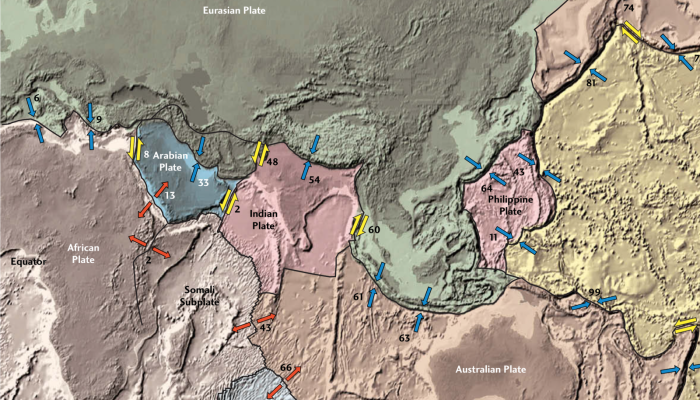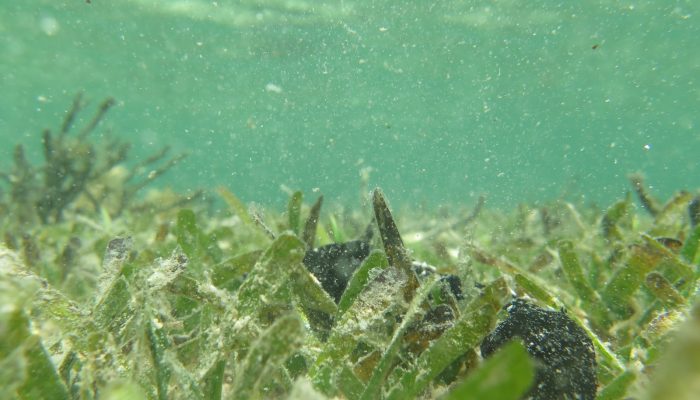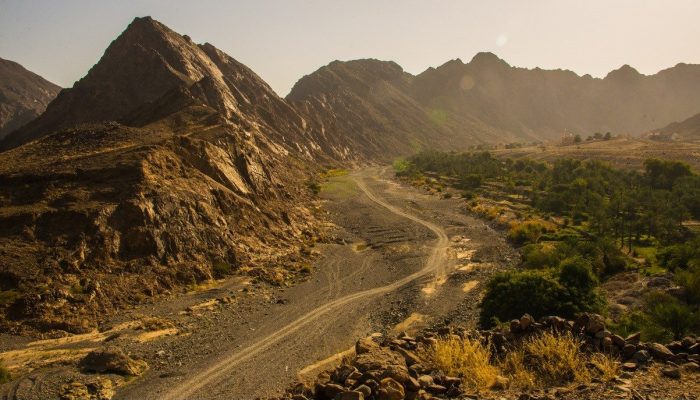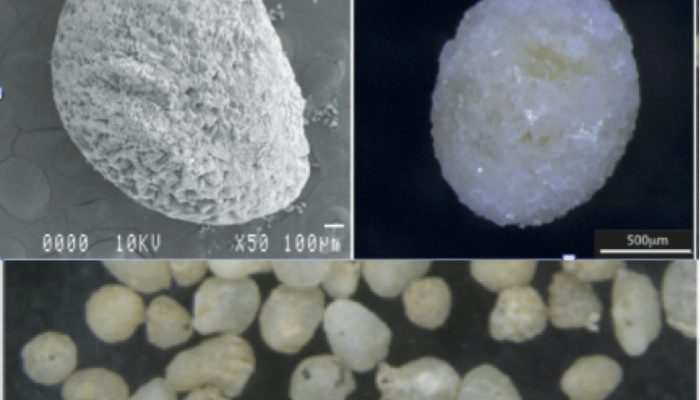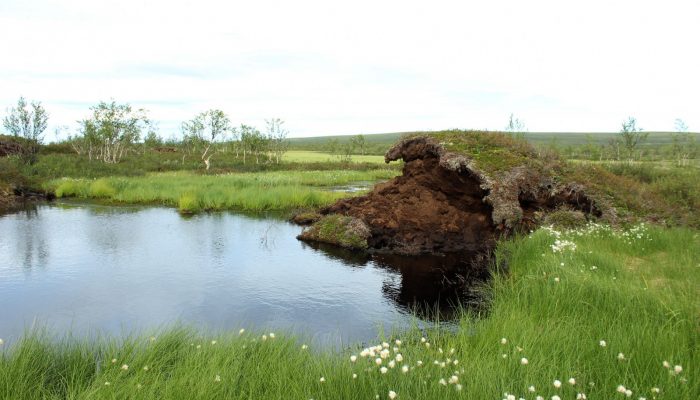The University of Hull was privileged to host the annual British Science Festival in 2018. One of the key events was the Huxley Debate, which brings together world-leading experts to discuss a pressing issue facing society. The theme in Hull was “what do we do about ocean plastics?”. As part of the discussion, Professor Dan Parsons, Director of the Energy and Environment Institute, suggested that ...[Read More]
Tectonics and Structural Geology
Meeting Plate Tectonics – Richard Gordon
These blogposts present interviews with outstanding scientists that bloomed and shape the theory that revolutionised Earth Sciences — Plate Tectonics. Get to know them, learn from their experience, discover the pieces of advice they share and find out where the newest challenges lie! Meeting Richard Gordon Prof. Richard Gordon is currently Professor at Rice University (William Marsh Rice Universit ...[Read More]
Natural Hazards
Another (surprising) brick in the wall: how seagrass protects coastlines against erosion.
Dear readers, today our blog will host Marco Fusi, a postdoctoral fellow working on coastal ecosystems. Together with Marco we will give a twist to our usual geoscientific perspective and mix some ecology in it. Specifically, we will explore the surprising role of seagrass in limiting coastal erosion effects. 1- Hello Marco, please give us an overview of coastal erosion issues. When we speak about ...[Read More]
Tectonics and Structural Geology
Minds over Methods: Tectonochemistry of Melting Mud in the Mantle, evidence from the Oman/UAE ophiolite
For this first Minds over Methods of 2019, we invited Christopher Spencer, Senior Research Fellow at Curtin University in Australia, to tell us something about tectonochemistry. By applying geochemistry to tectonic processes, it is possible to get more insight into the different stages of the rock cycle. By combining fieldwork and geochemical analyses of the Oman/UAE ophiolite, Chris and his co-wo ...[Read More]
Seismology
Looking for 2019 Guest Writers
Do you like writing about Science, have an idea for a new blog post or just want to try your hand at science communication? You’re in the right place. The EGU Seismology Blog welcomes guest contributions from scientists, students and professionals in the Earth, planetary and space sciences for the 2019! If you want to get involved, contact the blog editor – Marina Corradini (corradi ...[Read More]
Cryospheric Sciences
Image of the Week – Will Santa have to move because of Climate Change?
Because of global warming and polar amplification, temperature rises twice as fast at the North Pole than anywhere else on the planet. Could that be a problem for our beloved Santa Claus, who, according to the legend, lives there? It appears that Santa could very well have to move to one of its second residences before the end of this century. But even if he moves to another place, the smooth runn ...[Read More]
Climate: Past, Present & Future
How earthworms can help us understand past climates?
Name of proxy Earthworm calcite granules (ECG) Type of record Paleotemperature and paleoprecipitation reconstruction; radiocarbon dating Paleoenvironment Continental environments – loess/paleosol sequences Period of time investigated Mostly Last full Glacial cycle – from 112,000-15,000 years Before Present (BP) (or older depending on the preservation of the granules). How does it work? Earth ...[Read More]
Tectonics and Structural Geology
Meeting Plate Tectonics – David Bercovici
These blogposts present interviews with outstanding scientists that bloomed and shape the theory that revolutionised Earth Sciences — Plate Tectonics. Get to know them, learn from their experience, discover the pieces of advice they share and find out where the newest challenges lie! Meeting David Bercovici David Bercovici started his scientific career with a BSc in Physics, and eventually graduat ...[Read More]
Natural Hazards
The devil in disguise: filmmaking lives under the threat of volcanoes.
Dear readers, today our blog will host Ryan Stone from Lambda Films. He will tell us his story and perspective behind the camera while documenting people’s lives constantly exposed to volcanic risk. If you want to get a quick taste of today’s content, just take a long breath and watch this video: https://www.lambdafilms.co.uk/video-production/an-eclipse/. Hello Ryan, Please tel ...[Read More]
Cryospheric Sciences
Image of the Week – Permafrost features disappearing from subarctic peatlands
Some of the most remarkable, marginal features of permafrost – palsas – are degrading and disappearing metre by metre from North European peatlands, and are driven close to extinction by the climate change. What are these permafrost features? A palsa is a peat mound with an icy core, which stays frozen throughout summer due to the insulating property of dry peat. These mounds can rise up to 10 met ...[Read More]


